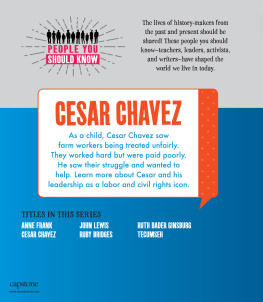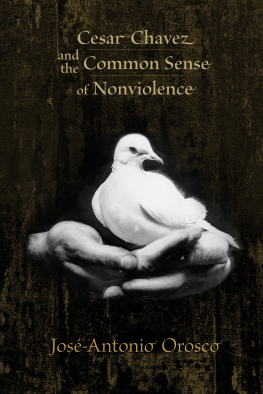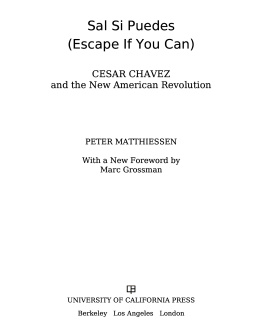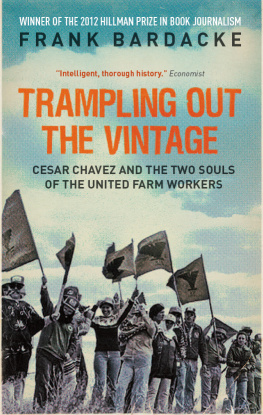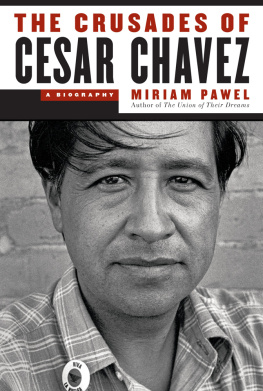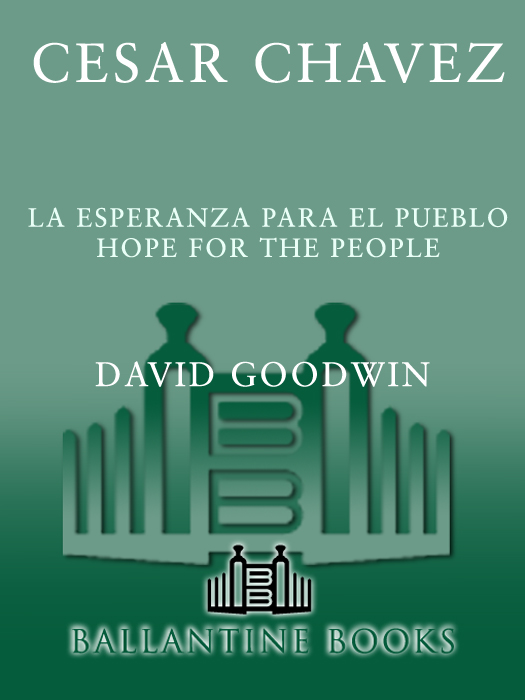THE GREAT LIVES SERIES
Great Lives biographies shed an exciting new light on the many dynamic men and women whose actions, visions, and dedication to an ideal have influenced the course of history. Their ambitions, dreams, successes and failures, the controversies they faced and the obstacles they overcame are the true stories behind these distinguished world leaders, explorers, and great Americans.
SERIE DE GRANDES VIDAS
Biografas de GRANDES VIDAS brinda una excitante nueva luz a los muchos dinmicos hombres y mujeres que con sus acciones, visiones, y dedicacin a sus ideales han influenciado el curso de la historia. Sus ambiciones, sueos, xitos y fracasos, las controversias que enfrentaron, y los obstculos que sobrepasaron son las verdaderas historias detrs de estos distinguidos lderes del mundo, exploradores y grandes americanos.
For middle school readers
A Fawcett Columbine Book
Published by Ballantine Books
Copyright 1991 by the Jeffrey Weiss Group. Inc.
All rights reserved under International and Pan-American Copyright Conventions. Published in the United States by Ballantine Books, a division of Random House, Inc., New York.
Library of Congress Catalogue Card Number: 91-70770
eISBN: 978-0-307-81951-2
illustration by Paul Davis
v3.1
CONTENTS
NDICE
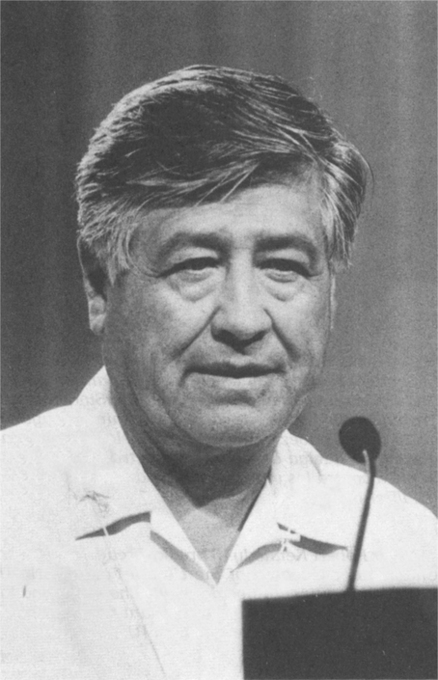
Cesar Chavez, 1988. (Impact Visuals)
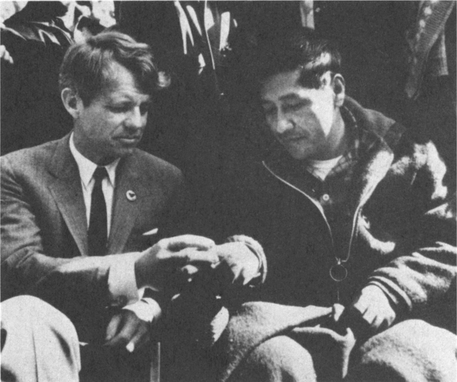
El Senador Robert Kennedy (i) parte el pan con Csar Chvez en el momento que el lder del Sindicato de Trabajadores Unidos de la Finca termina su ayuno de 25 das. Chvez ayuno en apoyo a la no violencia durante la huelga de los migrantes trabajadores de la finca contra los vinicultores (productores de uva). (UPI/Bettmann)
Senator Robert Kennedy (l) breaks bread with Cesar Chavez as the leader of the United Farm Workers Union ends a twenty-five day fast. Chavez fasted in support of nonviolence in the migrant farm workers strike against the grape growers. (UPI/Bettmann)
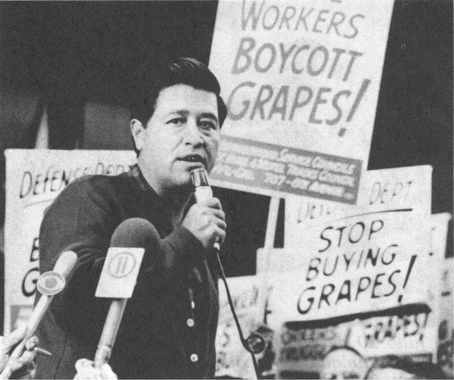
Primer sindicato exitoso en organizar a los trabajadores migrantes, Trabajadores Unidos de la Finca (UFW, siglas en ingls) llam a un boicot nacional de la uva hasta que los vinicultores acordaran reconocer el sindicato y firmaran convenios colectivos. Aqu Csar Chvez, presidente de la UFW, mientras se diriga a una multitud en la Ciudad de Nueva York en 1969. (Impact Visuals)
As the first union to successfully organize migrant laborers, the United Farm Workers called for a nationwide boycott of grapes, until growers agreed to recognize the union and sign contracts. Here, Cesar Chavez, the president of the UFW, addresses a rally in New York City in 1969. (Impact Visuals)

En julio 29 de 1969, en Delano, despus de cinco aos de huelgas y boycots, 26 de los ms grandes vinicultores firmaron un convenio con el Sindicato de Trabajadores Unidos de la Finca. Durante la ceremonia de firma, Csar Chvez, intercambia bolgrafos con John Guimarra, Sr. (d), quien represent a los vinicultores. Con esta victoria, la UFW teni convenios con 85% de los vinicultores de California. (UPI/Bettmann)
In Delano on July 29, 1969, after five years of strikes and boycotts, twenty-six of Californias largest grape growers signed a contract with the United Farm Workers Union. During the signing ceremony, Cesar Chavez exchanged pens with John Guimarra, Sr.(r), who represented the growers. With this victory, the UFW had contracts with 85% of the table grape growers in California. (UPI/Bettmann)
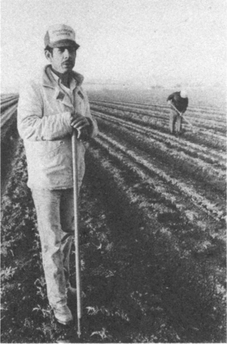
Un migrante trabajador de la finca toma un descanso de su trabajo en una finca de tomates en Brentwood, California, en 1987. La azada que este trabajador est utilizando representa una de las primeras victorias del Sindicato de Trabajadores Unidos de la Finca. En otro tiempo, a los trabajadores slo se les supla con azadas de mango cortopoco ms de un pies de largolo que los forzaba a pasar la mayor parte del da quebrndose las espaldas. (Impact Visuals)
A migrant farmworker takes a break from working in a field of tomatoes in Brentwood, California, in 1987. The long-handled hoe this worker is using represents one of the United Farm Workers Unions first victories. At one time, workers were only given short-handled hoeslittle more than a foot longwhich forced them to stoop most of the day in backbreaking labor. (Impact Visuals)
1
Fasting for La Causa
C esar Chavez opened the passenger door of Jerry Cohens car with a grunt. After twelve days without food, Cesar was so weak that even pulling on the door handle took a great deal of energy. The thought of the next task, climbing the courthouse steps, seemed overwhelming. But both Cohen, Cesars attorney, and Leroy Chatfield, a staff member for the United Farm Workers, jumped out and raced to Cesars side to help him.
With a deep breath Cesar lifted himself from the car. He felt dizzy as he stretched himself out to his full five feet six inches. Normally, his black hair and eyes glistened in the brilliant California sunshine. Now his face was drawn, and the dark skin that covered his high, flat cheek bones looked pale and drooped, as if he had just awakened from a deep, feverish sleep. He paused for a moment and looked up, squinting against the bright sun. What he saw caused him to smile and gave him a slight rush of energyenough to climb the courthouse steps with his head up.
Cesar Chavez had started a hunger strike on February 14, 1968, nearly six years after he had founded the United Farm Workers Union (UFW). For the last three years, the union had been on strike against grape growers in Delano, California. Chavez had decided to fast for two reasons: to inspire members of the United Farm Workers to commit themselves to nonviolence in their struggle to win recognition and justice; and to focus the worlds attention on the suffering that migrant farm workers had endured for many generations.
As the son of Mexican-American migrant farm workers, and a migrant worker himself in his youth, Cesar knew firsthand the miserable conditions under which his people worked. Long hours, horrible wages, a lack of decent housing, dangerous pesticides, racial discrimination, verbal and physical abuse, and a lack of justice when they were cheatedall these weighed heavily on Cesar Chavezs heart and made him angry.


